- Painting cardboard slightly warped, in the lower area minimally stained, frame with age patina and traces of abrasion.
- The Naturalness of Artificiality -
We see a ballerina putting on her right ballet shoe while the left one is still lying on the floor in front of her. It is precisely the casualness of the scene that gives it its intimacy: the blonde young woman is completely absorbed in the activity of getting ready for the dance, oblivious to us, while we are positioned right in front of her in the dressing room, inaccessible to the audience, watching her dress. Even though she does not yet perform a dance step, there is a graceful elegance in the action shown that seems quite natural in contrast to the rehearsed art form of dance. The young woman is not presenting herself to an audience in a perfectly formed movement, but is performing an everyday action, unaware that she is being watched. Concentrated, almost devotional, she pulls the ballet slipper over the verses, not noticing that one of the straps of the tutu has slipped off her shoulder, reinforcing the erotic moment of the scene.
Inspired by Edgar Degas, Karl Stohner has painted the scene in strong pastel tones. The dominant blues and turquoises give the scene a magical, mysterious quality and, like the pink of the stockings and ballet slippers, are borrowed from Degas's dancers. Degas's colors, however, are cooler tempered, which is particularly evident in the light impasto applied incarnate. This is where the vividness of Auguste Renoir comes into play, making the dancer seem entirely flesh and blood. Karl Stohner, who has studied the pastels of Degas and Renoir intensively, combines the two artists here to create his own pictorial language.
He has laid out the background in broad layers of strokes, ranging in color from white to turquoise to dark blue. The result is a dynamic, pattern-like structure that contrasts with the woman's calm, inward-looking posture. The fund anticipates the dynamics of the choreography of the dance for which the ballerina is preparing. At the same time, the broad pastel line in the background is an adequate means of painting to depict the soft, flowing elegance of the dancer.
About the artist
Against the wishes of his wealthy parents, Karl Stohner decided to become a painter. His talent was discovered by the director of the Mannheim Art Gallery, Fritz Wichert, who supported him from then on, including financing study trips to Paris. There he discovered the art of Degas, Cézanne and Renoir, which inspired his work.


















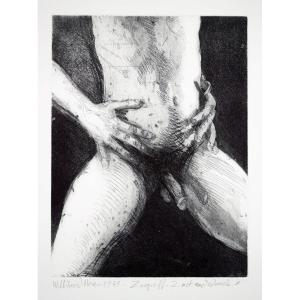










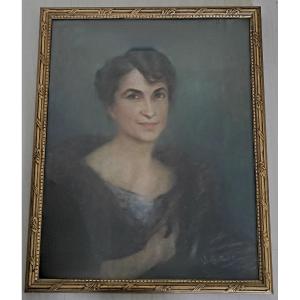
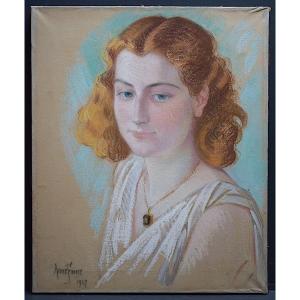
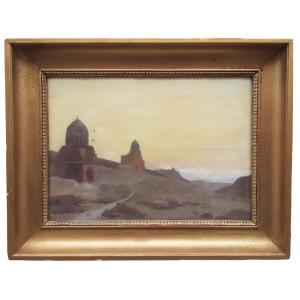
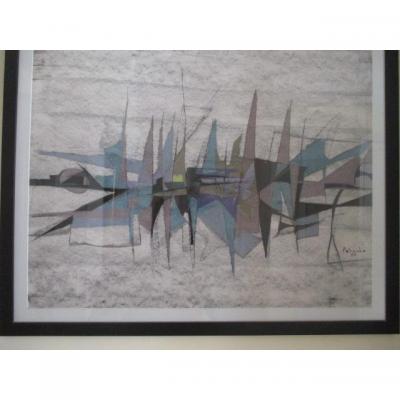



 Le Magazine de PROANTIC
Le Magazine de PROANTIC TRÉSORS Magazine
TRÉSORS Magazine Rivista Artiquariato
Rivista Artiquariato